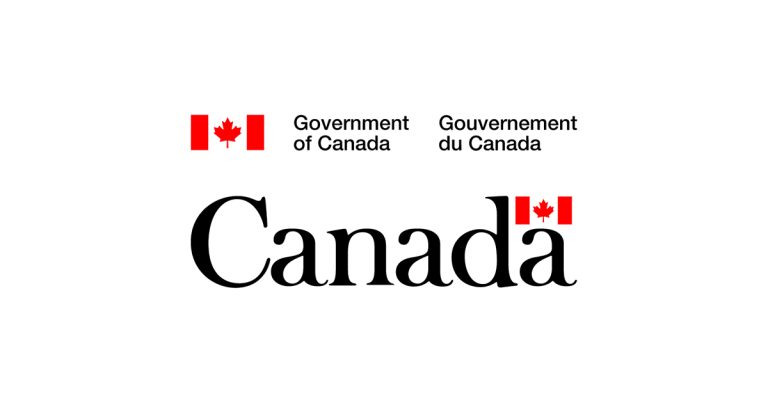ESA Administrative Penalties to Deter Underground Economy Now in Force

April 3, 2023
In an effort to reduce illegal and unsafe electrical installations across Ontario, the Electrical Safety Authority (ESA) will be able to impose administrative penalties beginning April 1st 2023. An administrative penalty is a financial penalty which will enhance ESA’s existing tools to motivate compliance.
In 2020, the Auditor General of Ontario recommended that the Province of Ontario provide ESA the power to issue monetary penalties to further deter illegal electrical installations and individuals working in the underground economy. Administrative penalties will be used as a tool to address certain acts of non-compliance under the Electricity Act, 1998 and its Regulations.
ESA worked with the Ministry of Public and Business Service Delivery on a legislative and regulatory framework for the ESA’s Administrative Penalty regime with consultation from relevant stakeholder groups, including Licensed Electrical Contractors and Master Electricians, as well as ESA’s advisory councils.
“Ontarians can rest assured that their safety is our top priority and should never be put at risk when they are getting electrical work done,” said Kaleed Rasheed, Minister of Public and Business Service Delivery. “This is why we are enhancing enforcement tools for the Electrical Safety Authority, giving ESA the ability to issue administrative monetary penalties and crack down on bad actors – taking a robust approach to better protect consumers.”
The framework outlines a tiered penalty structure, an opportunity for recipients to be given notice and an opportunity to respond, as well as a formal appeal process. ESA will publish confirmed administrative penalties on its website to provide consumers the information they need to make an informed decision when hiring a contractor to conduct electrical work.
“In addition to prosecutions, ESA now has another compliance tool that will hold participants of the underground economy accountable for their dangerous behaviours,” said Josie Erzetic, Chief Executive Officer, ESA. “These penalties will be utilized to send a clear message that will act as a strong deterrent to unlicensed work.”
Administrative penalties will be used in tandem with current enforcement tools, which include provincial prosecutions, licensure suspension or imposing terms and conditions on a licence. Having the ability to issue administrative penalties will strengthen ESA’s mandate to protect Ontarians from the hazards that can result from illegal electrical work and help keep the public safe.
Last year, 99 per cent of the prosecutions pursued by ESA under the Provincial Offences Act, 1998 were against individuals working in the underground economy. Due to the considerable resources needed to prosecute these instances through the court system, only cases where ESA has a strong likelihood of conviction and will have the greatest effect on safety are pursued. The introduction of administrative penalties will expand the breadth of enforcement tools available to ESA, to ensure that instances of non-compliance are met with the most appropriate response.
Examples of contraventions where the ESA can issue an administrative penalty include but are not limited to: conducting electrical work without a licence, advertising electrical services without a licence, working without filing a notification (permit) with ESA, and hiring or sub-contracting an unlicensed contractor.
These penalties — up to $10,000 per penalty, depending on the nature of the contravention — will support the development of a fair and safe marketplace within the industry. Monies collected through administrative penalties will go directly toward funding electrical safety and consumer awareness initiatives across Ontario.
For general contractors or homeowners looking to engage in electrical work, make sure you hire a Licensed Electrical Contractor to conduct any electrical work. ESA Licensed Electrical Contractors are the only businesses, with limited exemptions, legally authorized to do electrical work in Ontario. Licensed Electrical Contractors are required to be fully insured, arrange notifications (permits) with ESA, have certified staff to perform electrical work and obtain an ESA certificate of acceptance.
For information on administrative penalties, licensing requirements, electrical safety information, to confirm a Licensed Electrical Contractor or to report an act of non-compliance please visit www.esasafe.com.



![Guide to the Canadian Electrical Code, Part 1[i] – A Road Map: Section 52 — Diagnostic imaging installations](https://electricalindustry.ca/wp-content/uploads/2022/11/Guide-CE-Code-2-768x432.png)





![Guide to the Canadian Electrical Code, Part 1[i] – A Road Map: Section 52 — Diagnostic imaging installations](https://electricalindustry.ca/wp-content/uploads/2022/11/Guide-CE-Code-2.png)






